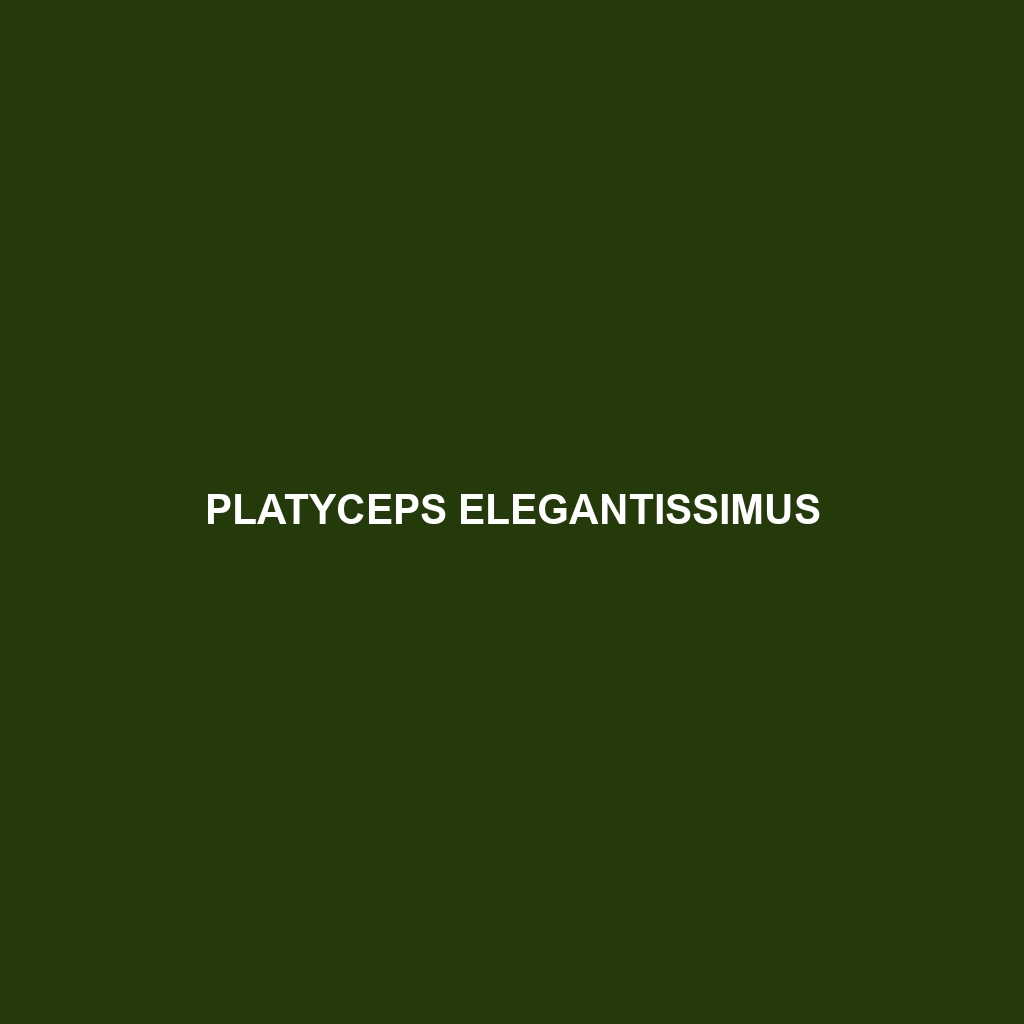Common Name
Platyceps elegantissimus
Scientific Name
Platyceps elegantissimus
Habitat
Platyceps elegantissimus is primarily found in the diverse habitats of the eastern Mediterranean region, particularly within the areas of the Middle East and North Africa. These snakes thrive in a variety of environments, including temperate forests, scrublands, and rocky hillsides. They prefer regions that provide adequate cover and hunting grounds, often seeking out environments with well-drained soils and plenty of vegetation. During the warmer months, they can be spotted in sunny, open patches where they bask. This species shows a remarkable ability to adapt to different climatic conditions, making it prevalent in areas characterized by hot summers and mild winters.
Physical Characteristics
Platyceps elegantissimus features a slender, elongated body that can reach lengths of up to 1.5 meters. This species is known for its striking coloration, which varies significantly depending on locality. Generally, they display a range of patterns, from earthy browns and tans that allow for effective camouflage against their natural habitat to vibrant stripes that enhance their aesthetic appeal. Their heads are narrow, and they possess large, distinct eyes which help them to detect movement in their surroundings. Unique to this species is their smooth, glossy scales that are both beautiful and functional, aiding in their adaptability to different environmental conditions.
Behavior
The typical behaviors observed in Platyceps elegantissimus reflect a blend of activity and avoidance strategies. These snakes are primarily diurnal, actively hunting during the day, although they are known to exhibit some nocturnal behavior during particularly hot days. They possess excellent climbing abilities and are often found in low bushes or trees searching for prey. Social interactions are minimal; they are generally solitary creatures, except during the breeding season when males engage in courtship displays. Mating rituals include intricate movements and displays of coloration that signal their readiness to mate. Interestingly, they are known to be highly territorial, defending their space aggressively when threatened.
Diet
Platyceps elegantissimus is classified as a carnivore, typically preying on small mammals, insects, and occasionally other reptiles. Their diet primarily consists of lizards, rodents, and various insect species, which are abundant in their preferred habitats. They are ambush predators, relying on their camouflage to surprise unsuspecting prey. Their feeding patterns are influenced by seasonal availability; in warmer months, they can feed more frequently due to the higher activity levels of their prey. As proficient hunters, they exhibit unique methods of constricting and swallowing their food, allowing them to consume prey that is larger than their own head diameter.
Reproduction
The reproductive cycle of Platyceps elegantissimus typically occurs in the spring when temperatures rise. Mating season is marked by males displaying their physical prowess through combat and vibrant markings to entice females. After a gestation period of about 60 to 70 days, females lay a clutch of 6 to 12 eggs in secluded, moist environments to protect them from predators. The eggs incubate for a period of approximately 30 days, with the young emerging fully developed and self-sufficient. Parental care is absent after egg-laying, as the hatchlings instinctively seek their own food and shelter shortly after birth.
Conservation Status
The conservation status of Platyceps elegantissimus is currently classified as ‘Least Concern’ according to the International Union for Conservation of Nature (IUCN). This species has a stable population in many areas; however, habitat destruction and climate change pose significant threats. Conservation efforts focus on habitat preservation and minimizing human-wildlife conflicts. Engaging local communities in education and awareness programs about the ecological role of this species can be crucial in ensuring its longevity in the wild.
Interesting Facts
One fascinating aspect of Platyceps elegantissimus is its remarkable ability to adapt its behavior based on environmental cues. For example, during high temperatures, they have been observed to alter their hunting times and behavior to avoid the heat of midday, instead becoming more active in the early morning and late afternoon. Additionally, some individuals may exhibit color variations based on their habitat, which aids in camouflage and predator avoidance. These adaptations make this species a subject of interest for herpetologists studying behavioral ecology and adaptation in reptiles.
Role in Ecosystem
Platyceps elegantissimus plays a vital role in its ecosystem as both a predator and prey species. As an effective predator, it helps control populations of rodents and insects, maintaining a balance within the food web. They also serve as prey for larger predators, contributing to the energy transfer within the ecosystem. Their presence indicates a healthy environment, as these snakes thrive in areas that are biologically diverse. Furthermore, through their predatory habits, Platyceps elegantissimus aids in seed dispersal and promoting overall plant biodiversity, showcasing its importance in maintaining ecological stability.
